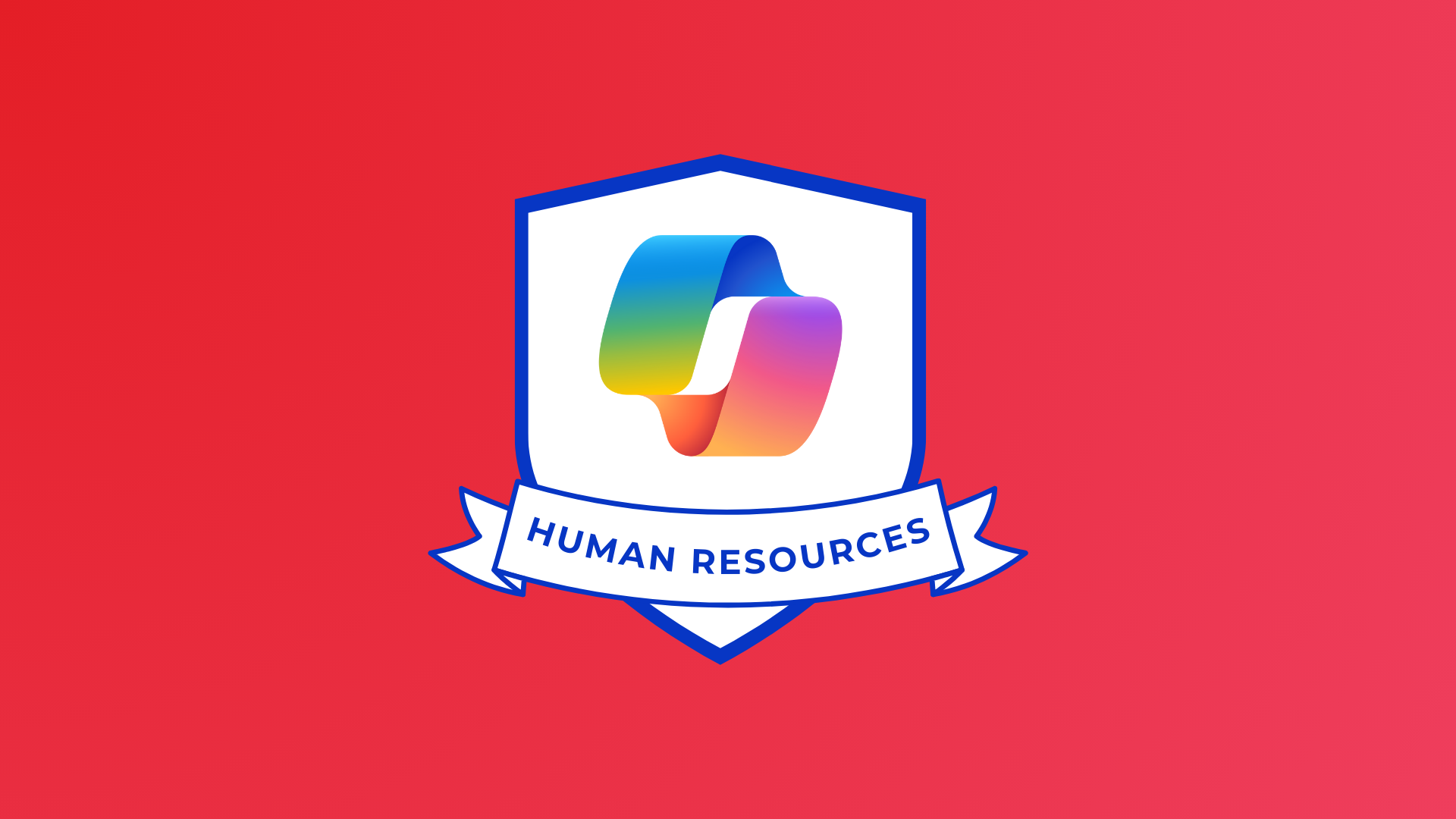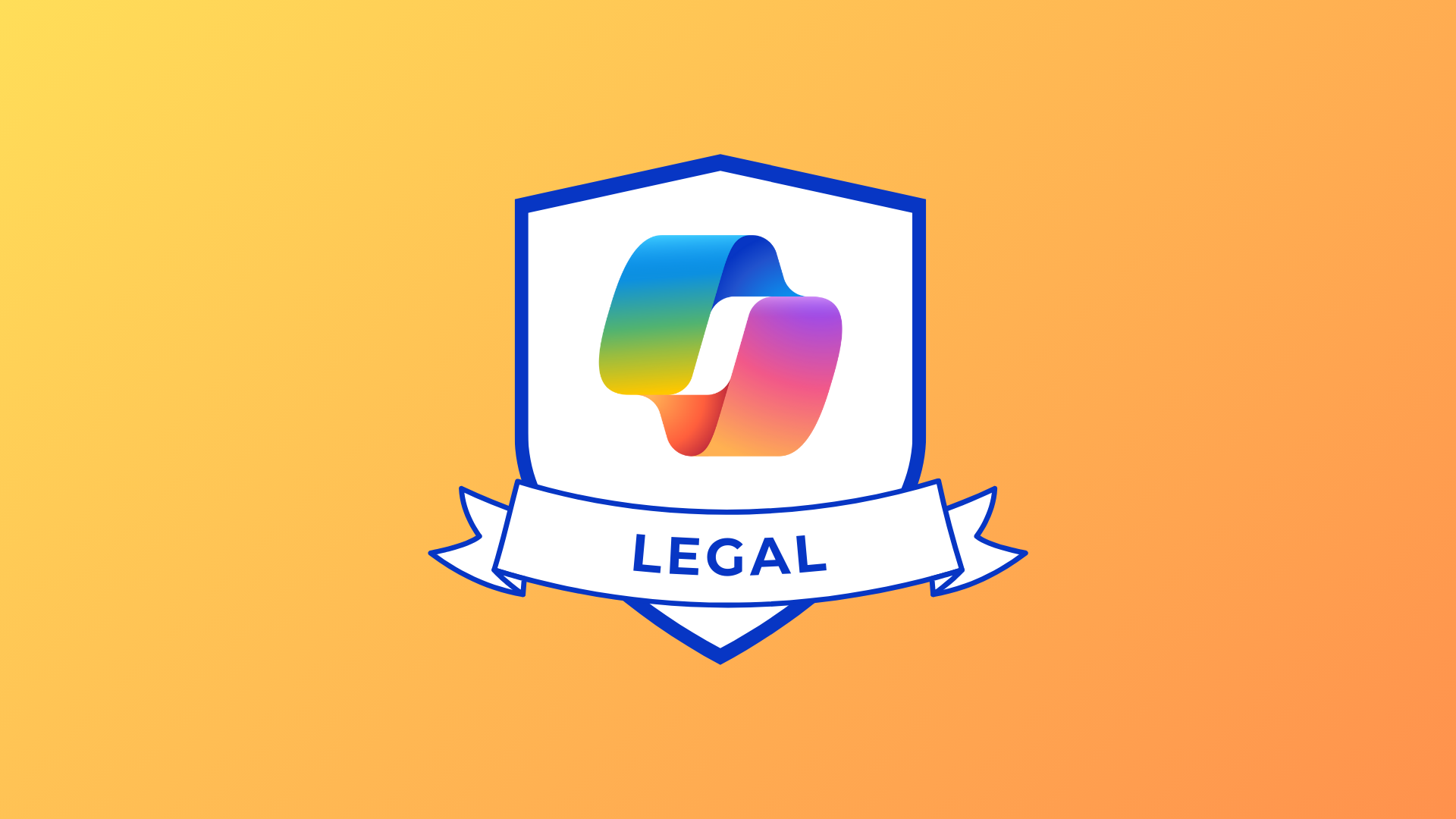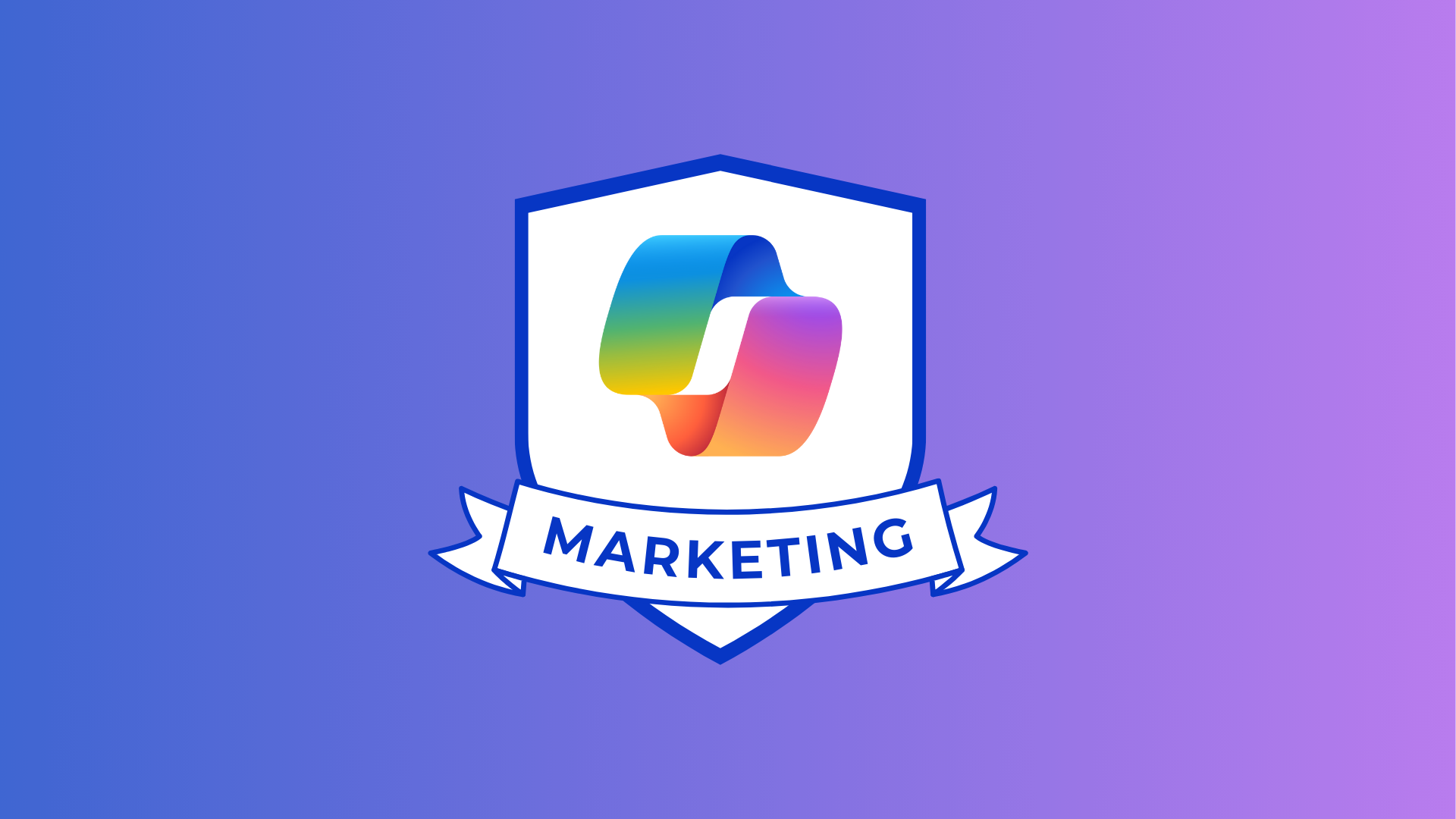Famous for its UNESCO World Heritage Cathedral and historic setting on the banks of the River Wear, Durham University is England’s third oldest University and today one of the world’s top 100 Higher Education institutions. As a leader in Higher Education in England for almost 200 years, Durham is today a global institution home to over 18,000 students and 4,000 faculty from over 150 countries around the world .
Like many Universities, Durham was paying for over 20,000 Microsoft 365 licenses every year for staff and students, with many not being used to their full potential. Not fully appreciating the capabilities of the Microsoft 365 suite, academic departments and professional support services were paying for software that did the same thing as tools within the M365 suite.
This was particularly true of tools to help make content accessible for hearing or visually impaired staff and students, as well as those for whom English was not their first language.
Keen to reduce unnecessary spending, recently appointed Chief Information Officer, John Hemingway, invited Microsoft Adoption Partner, Changing Social, to work with him and the IT team to help drive some benefits from the M365 suite. This would be the start of an 18-month adoption programme encompassing the entire University, with every Department and College, as well as all 18,000 students, taking part.
Over 20,000 Microsoft 365 licenses every year for staff and students, with many not being used to their full potential.
One of the first elements they looked at was what could be done to further improve accessibility and digital inclusion for Durham’s stakeholders.
What was the problem?
Durham was well set up to support staff and students who had a disability, in fact 89% of Durham University students self-declared a disability in the 2019/20 academic year. This figure is substantially higher than the sector average and is attributed to the supportive environment the University had fostered.
When Changing Social’s accessibility expert, Gregg Bainbridge, started working with the University, he knew they were already doing a lot of things well to support their users to be digitally included. He reflected, “Durham was doing a good job but we wanted to help them to do so much more.
“Being a passionate partner of Microsoft’s Build 2030 campaign, we strive to implement the UN Sustainability goals into everything we do. For Durham University, this meant not only supporting goal 4 of helping them deliver quality education, but also realising goal 8 of providing decent work and economic growth all while living goal 10 of reducing inequalities.
“Fundamentally, following the UN’s Sustainability Goals, we wanted to help Durham create an environment where ‘everyone has the right to learn, and all learning and aspects of the learning journey are accessible and digitally inclusive to all learners and instructors’.”
The sentiment at Durham University was similar as the adoption programme Project Manager, Debbie Robson highlighted; “We were keen from the outset to include digital accessibility as a key theme throughout our adoption programme.
“Irrespective of the project use case, area of focus or application we were talking about, we wanted to make sure our users knew how to make their content accessible, and had the tools to do this easily. We didn’t want accessibility to be an afterthought or bolt-on.”
The Microsoft 365 adoption team made up of specialists from Durham University’s IT team and adoption and change management consultants from Changing Social set about working out how to best approach this.
They first started by imagining what accessibility and digital inclusion may look like at DU. These ideation sessions looked at the art of the possible, and helped the team refine the areas they wanted to focus on.
Together they then built accessibility into the entire adoption programme, so it was a key part of what they did and was integral – not an afterthought.
This included things like:
• Ensuring all Teams meetings were recorded and then the link in Stream distributed so people could watch recordings afterwards and read subtitles if necessary
• Showcasing the language features within PowerPoint to demonstrate how live transcriptions could be used to encourage non-English speakers to check their understanding and be active participants
• Live demonstrating the Immersive Reader functionality across Office 365 including Word, to show how text can be displayed and read to support the student’s preferred learning style.
These are just some of the features and tips that were shared with Departments, Colleges and Students to normalise accessibility. But for some teams, they benefited from more in-depth use cases.
One of those was Sam Dale’s Student Support and Wellbeing team who needed to develop some use cases specifically looking at elements of accessibility. Already having a strong mindset of being inclusive-first, the team wanted to make life easier for their blind and partially sighted members to engage with PDF documents.
“Building accessibility was a key part of what Changing Social did, not an afterthought“
Director of Student Support and Wellbeing, Sam Dale
As a University, PDFs are often used to share information between academics and students, as well as across the institution. It’s therefore vital that all staff and students can easily read and interact with PDFs, but for some partially sighted and blind people, they were struggling to get the right software to accurately read these documents or provide them in a more user-friendly way to them.
Having had specific experience of making educational resources more digitally inclusive, Gregg started to come up with a number of ways the team could make their PDFs more user-friendly to blind and partially sighted users.
“Being part of this digital champions network and regularly discussing the issue has made me think and ask if I can do things differently so all users can benefit.“
“Despite being so ubiquitous, we know there are some issues with the accessibility of PDF so we came up with ways of accessing them through Stream, Sway and PowerPoint to improve how they could be viewed or read aloud to users.
“The use of Stream enables students to view videos back with more personal approach by enabling students to have access to closed captions within the recording. These closed captions can be personalised by increasing the size and preferred colour in order to meet their preferred style.
“Transcripts of the recording are available to help students focus on the specific information that is relevant to them helping to increase productivity and minimize distraction. The use of translation tools in PowerPoint can enable content to be made available to a vast range of overseas students, who have English as an additional language.
“This can be accomplished and minimum effort and can reduce workload for students and staff,” concluded Gregg.
The adoption team also developed a use case around helping students with dyslexia better access their learning content.
“We have students who identify as having issues with dyslexia and we know that given the right support, they have every chance of thriving at University. We naturally want to make it a place where they can grow, learn and develop their skills while overcoming any barriers to learning, so it was important for us to find ways that M365 could help us help them,” Sam Dale commented.
“Using Dictate and Read Aloud software, we were able to do this. The Dictate function can be found in a range of Microsoft Products. It is used as an accessibility tool to enable a range of users to be able to use speech to text, this will enable users to speak into their microphone to have their text turned into text on screen. This can also be used as a preferred way of working for some users. In a similar fashion Read aloud uses the text to speech function to convert a text source into spoken words, this can be used in a range of teaching and accessibility use cases to support a range of learners.”
How is Durham University benefiting from being inclusion-first?
Already an inclusive and supportive learning and working environment, Durham University had the hallmarks of being digitally inclusive and provided support for people who needed it.
The partnership with Changing Social really helped bring accessibility to the forefront, and make sure that it was something people were conscious of and considering whenever they were producing content.
This shift in mindset was further cemented through the Digital Champions community where over 360Durham staff develop their 365 skills and share best practice across the University. Accessibility and digital inclusion has become a key theme of this programme and something that is regularly discussed in webinars and training sessions.
Digital Champion, Mike Henley has become a huge advocate of accessibility since starting this programme. He said, “Accessibility is now second nature to me. While I’ve always been aware of things like the web standards, I wasn’t entirely sure what I should or could be doing on a daily basis to help people get the most out of my content, regardless of their (dis)ability.”
“Being part of this digital champions network and regularly discussing the issue has made me think and ask if I can do things differently so all users can benefit. And the best part is, it’s really easy.”
Project manager, Debbie, is delighted in this shift in thinking. “If a lasting legacy of this adoption project is that we stop and consider how accessible our content is, then I think we can chalk that up as a huge win.”
“Diversity is what makes a community like ours at Durham so special, and we have to ensure it is welcoming and inviting for everyone who is part of it.”
“Diversity is what makes a community like ours at Durham so special.“
Famous for its UNESCO World Heritage Cathedral and historic setting on the banks of the River Wear, Durham University is England’s third oldest University and today one of the world’s top 100 Higher Education institutions. As a leader in Higher Education in England for almost 200 years, Durham is today a global institution home to over 18,000 students and 4,000 faculty from over 150 countries around the world .
Like many Universities, Durham was paying for over 20,000 Microsoft 365 licenses every year for staff and students, with many not being used to their full potential. Not fully appreciating the capabilities of the Microsoft 365 suite, academic departments and professional support services were paying for software that did the same thing as tools within the M365 suite.
This was particularly true of tools to help make content accessible for hearing or visually impaired staff and students, as well as those for whom English was not their first language.
Keen to reduce unnecessary spending, recently appointed Chief Information Officer, John Hemingway, invited Microsoft Adoption Partner, Changing Social, to work with him and the IT team to help drive some benefits from the M365 suite. This would be the start of an 18-month adoption programme encompassing the entire University, with every Department and College, as well as all 18,000 students, taking part.
Over 20,000 Microsoft 365 licenses every year for staff and students, with many not being used to their full potential.
One of the first elements they looked at was what could be done to further improve accessibility and digital inclusion for Durham’s stakeholders.
What was the problem?
Durham was well set up to support staff and students who had a disability, in fact 89% of Durham University students self-declared a disability in the 2019/20 academic year. This figure is substantially higher than the sector average and is attributed to the supportive environment the University had fostered.
When Changing Social’s accessibility expert, Gregg Bainbridge, started working with the University, he knew they were already doing a lot of things well to support their users to be digitally included. He reflected, “Durham was doing a good job but we wanted to help them to do so much more.
“Being a passionate partner of Microsoft’s Build 2030 campaign, we strive to implement the UN Sustainability goals into everything we do. For Durham University, this meant not only supporting goal 4 of helping them deliver quality education, but also realising goal 8 of providing decent work and economic growth all while living goal 10 of reducing inequalities.
“Fundamentally, following the UN’s Sustainability Goals, we wanted to help Durham create an environment where ‘everyone has the right to learn, and all learning and aspects of the learning journey are accessible and digitally inclusive to all learners and instructors’.”
The sentiment at Durham University was similar as the adoption programme Project Manager, Debbie Robson highlighted; “We were keen from the outset to include digital accessibility as a key theme throughout our adoption programme.
“Irrespective of the project use case, area of focus or application we were talking about, we wanted to make sure our users knew how to make their content accessible, and had the tools to do this easily. We didn’t want accessibility to be an afterthought or bolt-on.”
The Microsoft 365 adoption team made up of specialists from Durham University’s IT team and adoption and change management consultants from Changing Social set about working out how to best approach this.
They first started by imagining what accessibility and digital inclusion may look like at DU. These ideation sessions looked at the art of the possible, and helped the team refine the areas they wanted to focus on.
Together they then built accessibility into the entire adoption programme, so it was a key part of what they did and was integral – not an afterthought.
This included things like:
• Ensuring all Teams meetings were recorded and then the link in Stream distributed so people could watch recordings afterwards and read subtitles if necessary
• Showcasing the language features within PowerPoint to demonstrate how live transcriptions could be used to encourage non-English speakers to check their understanding and be active participants
• Live demonstrating the Immersive Reader functionality across Office 365 including Word, to show how text can be displayed and read to support the student’s preferred learning style.
These are just some of the features and tips that were shared with Departments, Colleges and Students to normalise accessibility. But for some teams, they benefited from more in-depth use cases.
One of those was Sam Dale’s Student Support and Wellbeing team who needed to develop some use cases specifically looking at elements of accessibility. Already having a strong mindset of being inclusive-first, the team wanted to make life easier for their blind and partially sighted members to engage with PDF documents.
“Building accessibility was a key part of what Changing Social did, not an afterthought“
Director of Student Support and Wellbeing, Sam Dale
As a University, PDFs are often used to share information between academics and students, as well as across the institution. It’s therefore vital that all staff and students can easily read and interact with PDFs, but for some partially sighted and blind people, they were struggling to get the right software to accurately read these documents or provide them in a more user-friendly way to them.
Having had specific experience of making educational resources more digitally inclusive, Gregg started to come up with a number of ways the team could make their PDFs more user-friendly to blind and partially sighted users.
“Being part of this digital champions network and regularly discussing the issue has made me think and ask if I can do things differently so all users can benefit.“
“Despite being so ubiquitous, we know there are some issues with the accessibility of PDF so we came up with ways of accessing them through Stream, Sway and PowerPoint to improve how they could be viewed or read aloud to users.
“The use of Stream enables students to view videos back with more personal approach by enabling students to have access to closed captions within the recording. These closed captions can be personalised by increasing the size and preferred colour in order to meet their preferred style.
“Transcripts of the recording are available to help students focus on the specific information that is relevant to them helping to increase productivity and minimize distraction. The use of translation tools in PowerPoint can enable content to be made available to a vast range of overseas students, who have English as an additional language.
“This can be accomplished and minimum effort and can reduce workload for students and staff,” concluded Gregg.
The adoption team also developed a use case around helping students with dyslexia better access their learning content.
“We have students who identify as having issues with dyslexia and we know that given the right support, they have every chance of thriving at University. We naturally want to make it a place where they can grow, learn and develop their skills while overcoming any barriers to learning, so it was important for us to find ways that M365 could help us help them,” Sam Dale commented.
“Using Dictate and Read Aloud software, we were able to do this. The Dictate function can be found in a range of Microsoft Products. It is used as an accessibility tool to enable a range of users to be able to use speech to text, this will enable users to speak into their microphone to have their text turned into text on screen. This can also be used as a preferred way of working for some users. In a similar fashion Read aloud uses the text to speech function to convert a text source into spoken words, this can be used in a range of teaching and accessibility use cases to support a range of learners.”
How is Durham University benefiting from being inclusion-first?
Already an inclusive and supportive learning and working environment, Durham University had the hallmarks of being digitally inclusive and provided support for people who needed it.
The partnership with Changing Social really helped bring accessibility to the forefront, and make sure that it was something people were conscious of and considering whenever they were producing content.
This shift in mindset was further cemented through the Digital Champions community where over 360Durham staff develop their 365 skills and share best practice across the University. Accessibility and digital inclusion has become a key theme of this programme and something that is regularly discussed in webinars and training sessions.
Digital Champion, Mike Henley has become a huge advocate of accessibility since starting this programme. He said, “Accessibility is now second nature to me. While I’ve always been aware of things like the web standards, I wasn’t entirely sure what I should or could be doing on a daily basis to help people get the most out of my content, regardless of their (dis)ability.”
“Being part of this digital champions network and regularly discussing the issue has made me think and ask if I can do things differently so all users can benefit. And the best part is, it’s really easy.”
Project manager, Debbie, is delighted in this shift in thinking. “If a lasting legacy of this adoption project is that we stop and consider how accessible our content is, then I think we can chalk that up as a huge win.”
“Diversity is what makes a community like ours at Durham so special, and we have to ensure it is welcoming and inviting for everyone who is part of it.”




